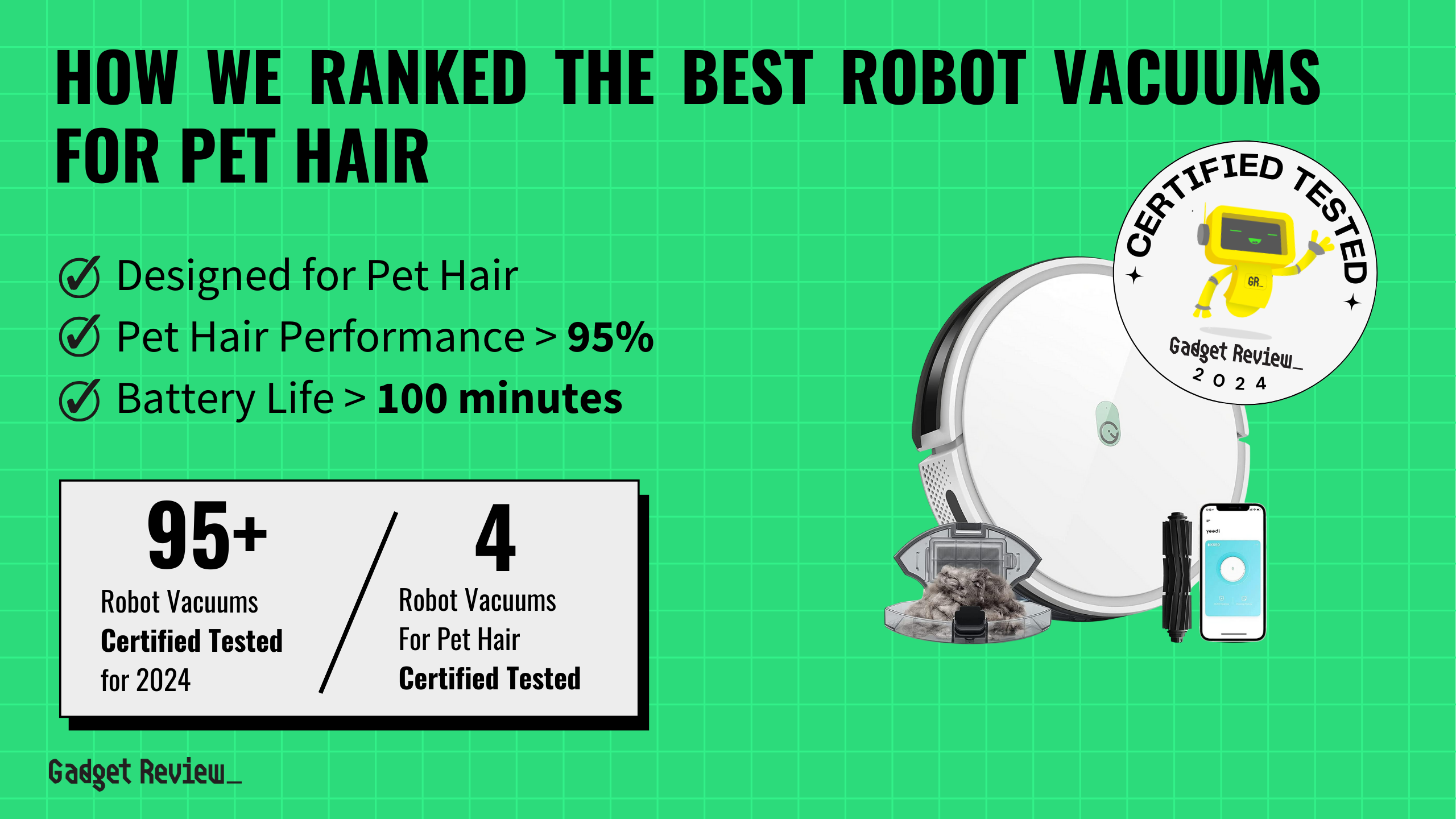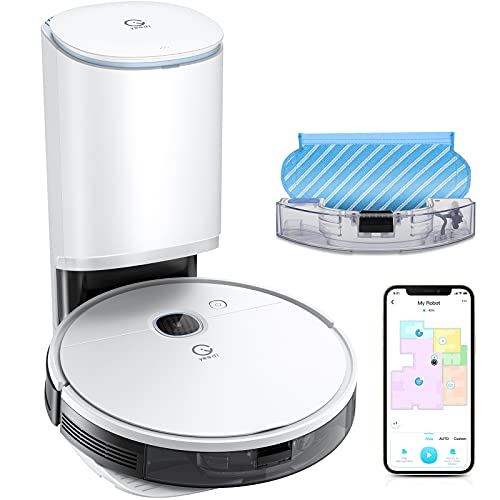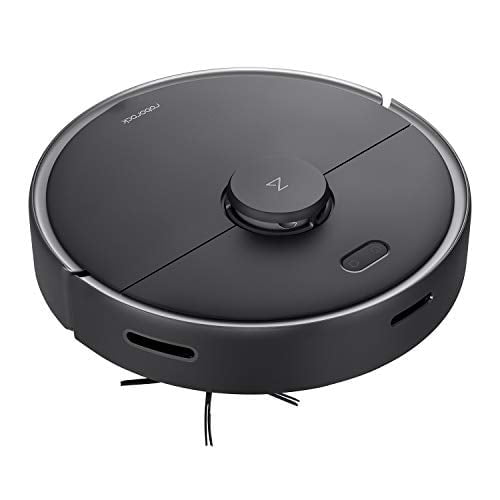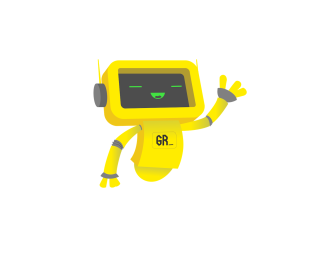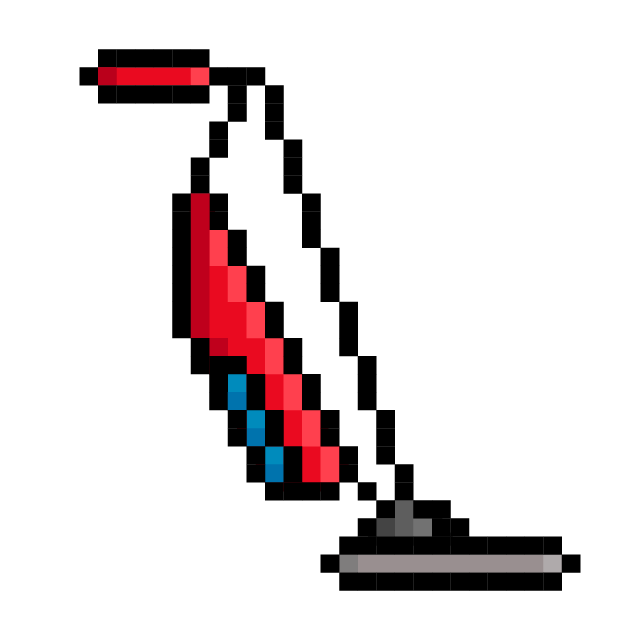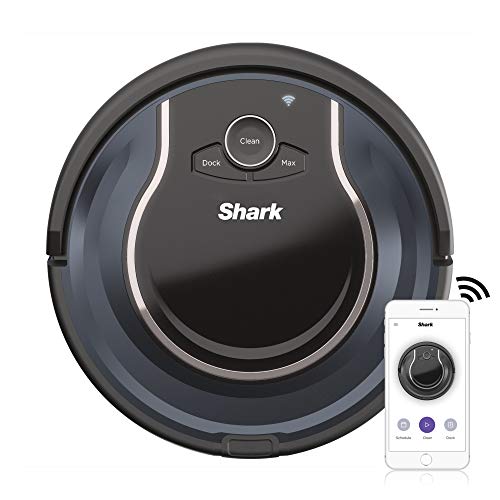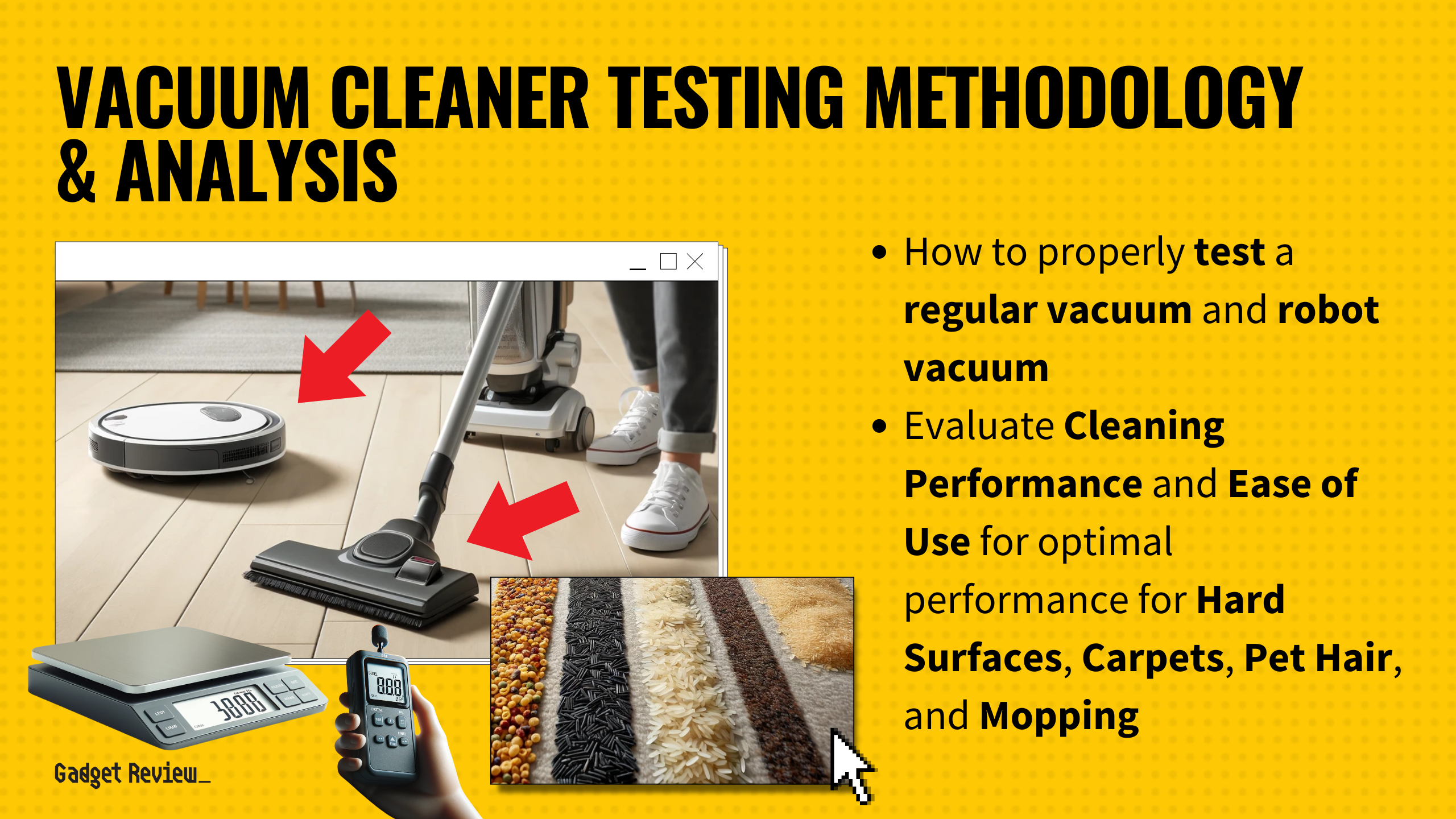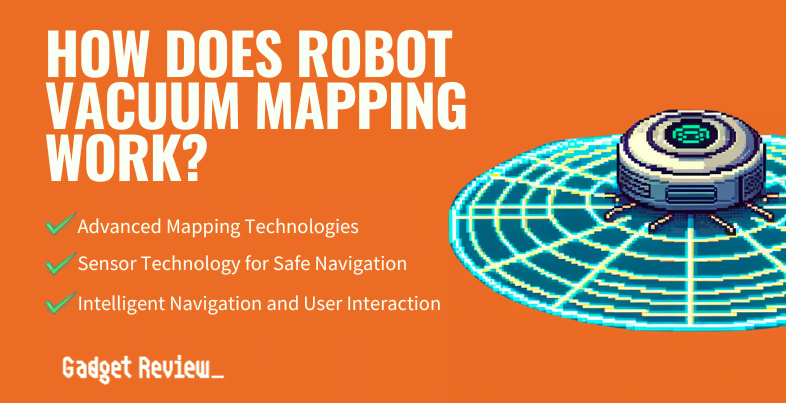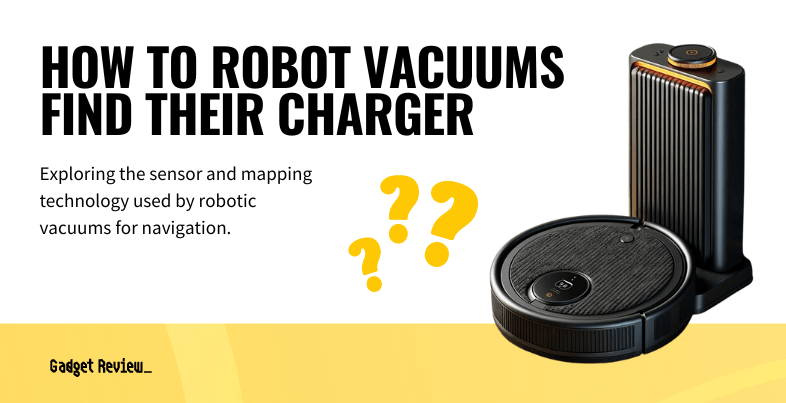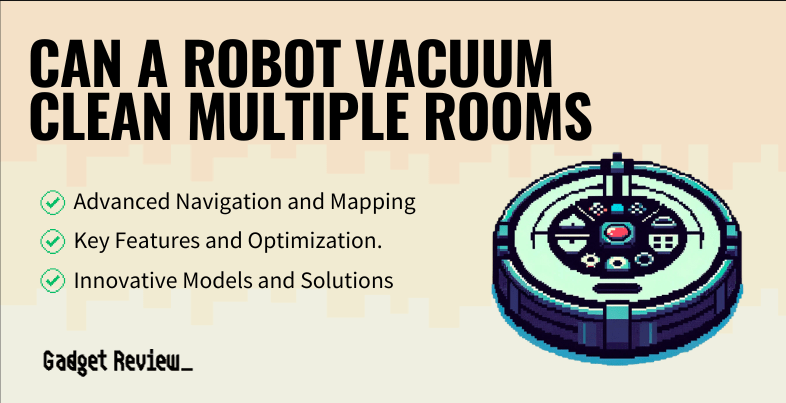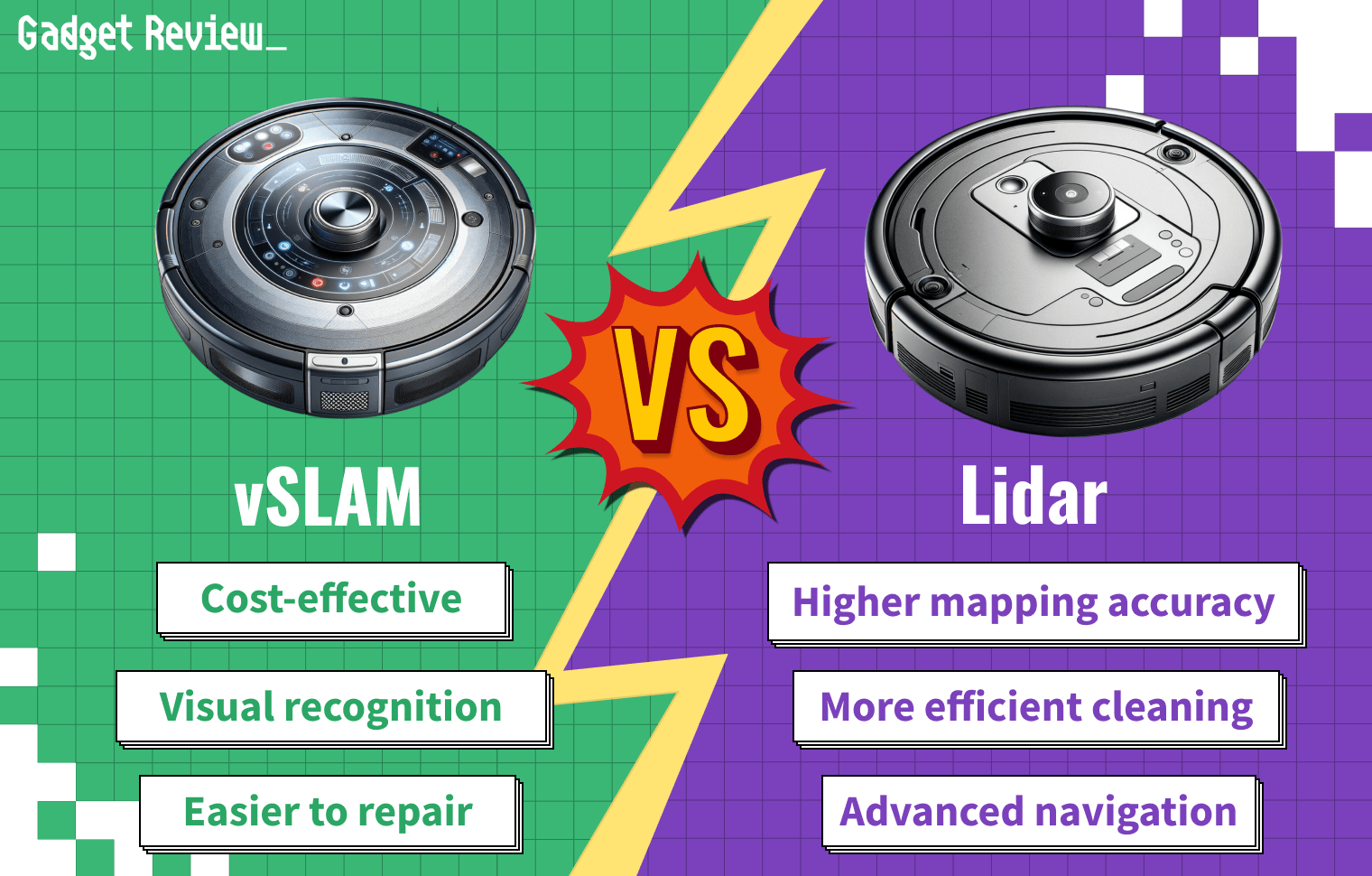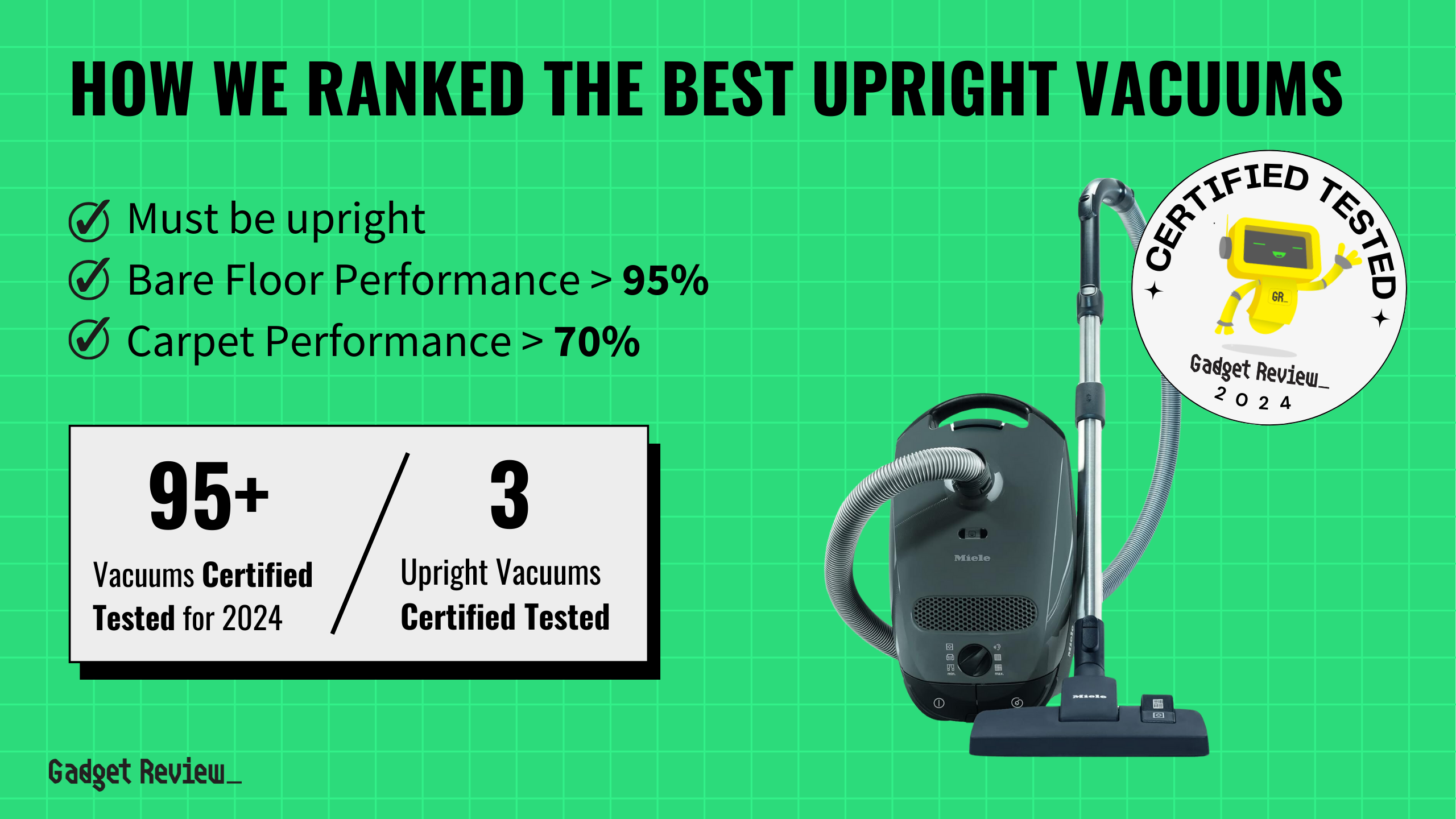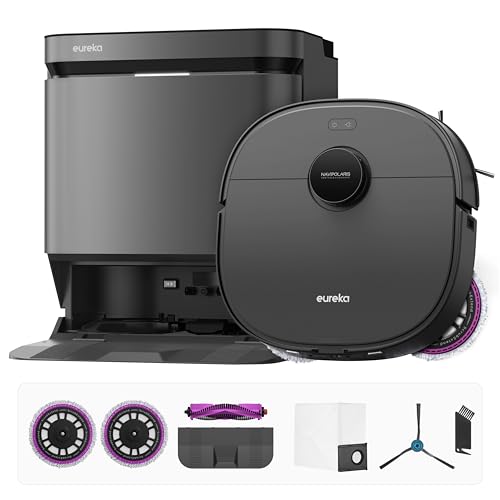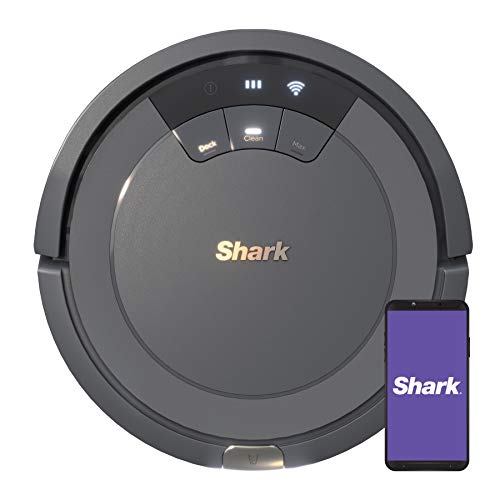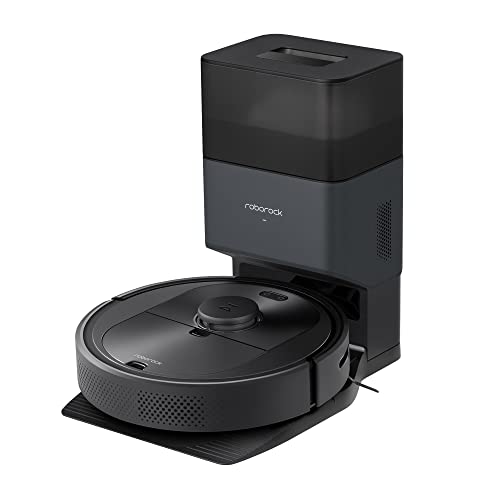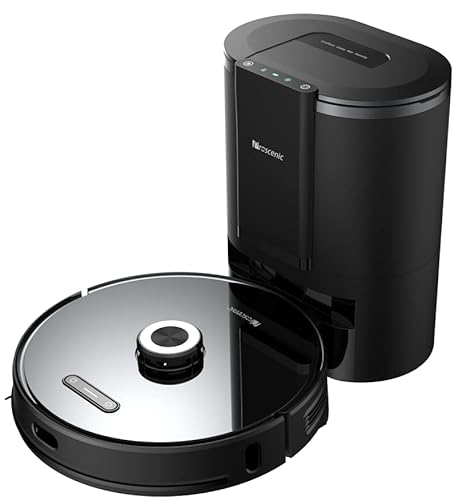When you’re dealing with pet hair, look for models that offer powerful suction and specialized brush rolls designed to handle pet fur without tangling. High-capacity dustbins are crucial for accommodating the increased volume of pet hair. Out of the 100 robot vacuums evaluated, only four made it to our buying guide.
We analyzed 163,710 reviews, filtering out experts who were untrustworthy. Our approach uses our AI-powered True Score certification, verifying products as tested, to filter out fake and low-quality reviews. The winning products performed exceptionally well in our testing, ensuring they meet the highest standards for pet hair pickup, navigation, and ease of use.
How Did We Rank the Best Robot Vacuums for Pet Hair?
Our analysis of the best robot vacuums for pet hair is thorough and meticulous. We examined testing methodologies from over 200 sites, scrutinized customer reviews, and dissected expert opinions to distill essential criteria. Our evaluation focuses on 2 required test results and 1 must-have specification, ensuring you get the best value. This rigorous approach pinpoints the vacuums that excel at removing pet hair while maintaining performance and durability.
Our commitment to unbiased reviews is powered by our ‘True Score’ system, targeting low quality and fake reviews. When you shop through our links, you’re backing our mission. Dive deeper to see how.
Minimum Specifications
- Must be a pet vacuum
Test Criteria
- Pet Hair Performance: The vacuum sucks up 95% pet hair from any surface.
- Battery Life: Lasts more than 100 minutes before losing power.
Latest Updates
- 06/25/2024: Published the list of best robot vacuum cleaners for pet hair based on our True Score system.
Best Robot Vacuums for Pet Hair For 2025
Prices accurate at the time of publishing

Best Overall

Runner Up

Best Value

Best Budget

Best Mid-Range

Premium Pick
Yeedi K650
Best Robot Vacuum For Pet Hair
The Yeedi K650 vacuum excels in pet hair removal and operates quietly, ideal for medium to large homes and varied flooring.

True Score
78797Experts
825kCustomers
Mixed Reviews

Read More
Snapshot
Reasons to Buy
- Effective cleaning
- Outstanding runtime
- Decent-sized dirt cup
- Quiet operation
Reasons to Avoid
- Sub-par navigation system
- High maintenance costs
- Lacks smart features
Specifications

Bagless Yes 
Bin Capacity 0.6 L 
Brush Roll Shut-Off No 
Carpet Height Adjustments Unknown 
Cleaning Path Width Unknown 
Compatible Floor Type Carpet 
Cord Length Unknown 
Corded/Cordless Cordless 
Filter Type Other 
Hypoallergenic No 
Pet Yes 
Product Weight 6.7 lbs 
Vacuum Type Robotic 
Wet And Dry Usage No All Specs
Test Results
Bare Floor Performance (% of Debris Cleaned) 96 Carpet Performance (% of Debris Cleaned) 77 Pet Hair Performance (% of Debris Cleaned) 98 Noise level (dB) 63 Battery Life (Minutes) 142 All Retailers
Our Verdict
The Yeedi K650 is an outstanding, well-rounded vacuum that particularly excels at removing pet hair by clearing 98.33% of fur from surfaces. This makes it a best-in-class solution for pet owners who struggle with hair on furniture and floors. Ideal if you live in apartments or homes with various types of flooring, the K650 handles transitions between surfaces smoothly. It boasts a respectable cleaning performance on carpets and bare floors, clearing 77.05% and 95.85% of debris, respectively.
If you prioritize long cleaning sessions without interruptions or frequent dustbin emptying, the Yeedi K650’s battery life of 142 minutes and bin capacity of 0.16 gallons are suitable for medium to large homes. With its noise level of 63.5 dB, it operates quietly enough not to disrupt daily activities or your neighbors.
When comparing the Yeedi K650 to the Yeedi Vac Station, both have similar noise levels and pet hair and carpet pickup rates. The K650 is the better value and is superior at cleaning bare floors, making it the better pick if you’re on a budget and your home has mostly hard surfaces. Despite the higher price tag, the Vac Station has a self-emptying feature and larger bin capacity, making it ideal if you prioritize convenience and live in a large home.
If you need a vacuum that can handle cleaning all surfaces and types of debris, the Yeedi K650 is a fantastic solution to add to your cleaning routine. Despite its lack of a self-emptying feature, it’s an excellent value if you’re a pet owner who lives in a larger living space.
Read Less
Which Criteria Matters for Testing Best Robot Vacuums for Pet Hair?
By focusing on these criteria (2 required), anyone can quickly and easily compare these vacuum cleaners and how they’ll perform. This helps you make an informed decision and purchase a vacuum cleaner that will meet your needs.
| CRITERIA | RANGE | REQUIRED | DEFINITION |
|---|---|---|---|
| Pet Hair Performance | > 95% | Yes | How much pet hair the vacuum sucks up from any surface. |
| Battery Life | > 100 min | Yes | How much time a robovac can run before it needs to be recharged. |
Our Trusted Data Sources
We looked at 120+ robot vacuum cleaner reviewers and found that 27 are trustworthy (60%+ Trust Rating). The three we have listed below are our most trusted for vacuum cleaner.
- James Morris – Kit Guru, LinkedIn
- Matt Spencer – TechGearLab, LinkedIn
- Brian Nadel – Tom’s Guide, MuckRack
Interested in a comprehensive analysis of our data sources? We’ve got you covered. Below, you’ll find a detailed list of every vacuum cleaner review website we’ve identified, organized by their respective Trust Ratings from highest to lowest. But we didn’t stop there. We’ve meticulously reviewed each publication and verified the data by checking whether the authors have bio links to MuckRack or LinkedIn. We’re committed to not only checking the facts but ensuring their veracity.
Vacuum Cleaner Test Data & Results
1. Pet Hair Performance Test Results
If you own pets, the ability of a vacuum to suck up pet hair, be it with attachments or the brush itself is extremely important. Pet hair can stick to furniture, dig itself into the carpet, and clump together under beds and in corners. If you have allergies and need to keep pet hair out of your home as best as you can, you’ll need a vacuum that gets rid of as much pet hair a possible when cleaning.
We recommend that a vacuum has a pet hair cleaning performance of at least 95%. Higher is always better, but if you can get rid of most of the pet hair, you’ll have an easier time breathing and less dander flying away and sticking to clothes and furniture. Poor pet hair cleaning performance can invite repeated vacuuming and more annoyance for anyone who suffers from allergies.
Pet Hair Performance
> 95%
Acceptable range of performance
Definition: How much pet hair the vacuum sucks up from any surface.
Units of Measurement: % (percentage)
Tools to Measure: Speed-checking software
Why It’s Important:
If you have pets and want to keep your home free of pet hair, you need good pet hair cleanup performance.
Pet Hair Performance in % (higher is better; 0 = No Data)
2. Battery Life (mins) Test Results
Battery Life
> 100 min
Acceptable range of performance
Definition: How long the vacuum can run before the battery dies.
Units of Measurement: min (minutes)
Tools to Measure: Timer
Why It’s Important:
Longer battery life means fewer interruptions when your vacuum is cleaning because it’ll have to stop and charge less.
Robot vacuum cleaners can only run for so long before their battery dies. Some models feature an auto-dock feature that sends the unit home before the battery dies, while others choose to wander under your couch and die. A longer battery life helps reduce the likelihood of a unit dying before it finishes its job, and helps reduce the overall time it takes to clean your home by taking fewer “rest stops” to charge.
Your robot vacuum should have a least a battery life of 100 minutes, but longer is always appreciated. Low battery life doesn’t overly impact performance, but it does greatly increase the amount of time it takes for your robot vacuum to clean anything, given it’ll have to keep pausing to charge.
Battery Life (min) (higher is better; 0 = No Data)
Best Robot Vacuums for Pet Hair: Mistakes To Avoid
- Overlooking Suction Power: Buying a robot vacuum with insufficient suction power can lead to poor performance, especially on carpets and rugs where pet hair can be deeply embedded. It’s crucial to choose a vacuum with strong suction power, preferably with adjustable settings for different surfaces.
- Ignoring Brush Type and Design: Not considering the type and design of the brushes can result in frequent maintenance and reduced efficiency. Brushes that easily tangle with hair can be problematic. Look for models with tangle-free brushes or self-cleaning brush rolls to ensure consistent performance.
- Neglecting Filtration System: Overlooking the importance of a good filtration system can compromise air quality in your home. A high-efficiency filter (like HEPA) is essential for trapping pet dander and allergens, making it a critical feature for households with pets.
- Underestimating Battery Life and Coverage: Choosing a vacuum with inadequate battery life or coverage area can lead to incomplete cleaning. Homes with pets often require more thorough and frequent cleaning, so it’s important to ensure the robot vacuum can cover your entire home on a single charge or has the capability to recharge and resume cleaning automatically.
The Best Robot Vacuums for Pet Hair Tests Compared
Product |
True Score
|
Bare Floor Performance
|
Carpet Performance
|
Pet Hair Performance
|
Noise Level
|
Battery Life
|
Column 8 |
|---|---|---|---|---|---|---|---|
| 78 |
|
|
|
|
| |
| 76 |
|
|
|
|
| $249.99 $350 $100 |
| 75 |
|
|
|
|
| |
| 74 |
|
|
|
|
| $199.59 |


